Costs for remediation of sites containing coal ash repositories
In October 2019 an Inquiry into coal-ash remediation by the Upper House Public Works Committee commenced.
In September 2020 at the first of three public hearings for the inquiry, HCEC’s researcher Paul Winn presented evidence to the Committee of water pollution with heavy metals from leaching coal-ash waste dumps, revealing the full extent of the environmental impacts sustained from the ash waste dumped on Lake Macquarie by Vales Point and Eraring, in the Central Hunter Valley by the Bayswater and Liddell power stations and at the top of the Upper Cox’s catchment in Lithgow by Mt Piper and Wallerawang.
Read our detailed submission, one of 83 others made to the Inquiry many of which raise concerns & propose solutions to the mounting piles of toxic waste accumulating near some of NSW most precious waterways and aquatic habitats.
The following organisations gave evidence to Parliamentarians at the first hearing Sydney Parliament:
Gary Blashke of the Coal-ash Community Alliance, Julie Favell and Chris Jokers of the Lithgow Environment Group, Chris Gambian of the Nature Conservation Council, Bronya Lipski of Environmental Justice Australia, Kathleen Wild from Doctors for the Environment and Bernadette Mullaney of Bathurst Community Climate Action Network.
Paul Winn of HCEC speaks to the Public Works committee about the results of our sampling from a suspected coal-ash leachate seepage site, entering Myuna Bay from the Eraring ash dump
In October 2020, a local hearing at Lake Macquarie City Council was held with numerous residents of the region coming forward with questions, evidence and concerns about the health and ecological risks of coal-ash waste dumping.
HCEC representatives held a site tour for the Committee to a seepage site from Eraring ash dump into Myuna Bay.
In March 2021, the final report from the committee was released, and the NSW Government response to the recommendations put forward by the Inquiry is expected before September 2021, outlining the recommendations the Government will seek to implement

The Inquiry committee takes heed of coal-ash pollution risks raised by environmentalists, experts & community
Read the Newcastle Herald article here
The final report prepared by the Inquiry Committee made 3 findings and 16 recommendations:
Finding 1
That the decision to close Myuna Bay Sport and Recreation Centre was made with no transparency and that communication with stakeholders and the local community was inadequate.
Finding 2
That the decision making process to close Myuna Bay Sport and Recreation Centre was made with inadequate community consultation by Origin Energy, Dams Safety NSW and the Office of Sport.
Finding 3
That coal ash is a valuable resource, and that there is widespread support across the spectrum of stakeholders for the greater reuse of coal ash, as this will lead to industry development and job creation, a reduction in environmental harm and contribute to developing a circular economy
Costs for remediation of sites containing coal ash repositories, Report 4 March 2021, Public Works Committee Legislative Council
How can the inquiry help Lake Macquarie’s ecosystem?
HCEC supports all the recommendations arising from the Inquiry and believes the following three, if implemented by the NSW Government to be the the most influential on improved water quality in Lake Macquarie:
Recommendation 3 That the NSW Environment Protection Authority conduct and publish a study of surface and groundwater around all coal fired power stations and associated coal ash dams, and their potential impacts on the surrounding environment, by the end of 2022
Recommendation 7 That the NSW Environment Protection Authority commission a comprehensive and independent assessment of the environmental impacts of coal ash dams to provide a better understanding of the issues and to inform best practice remediation.
Recommendation 15 That the NSW Government promote circular economy principles when dealing with coal ash waste and promoting reuse, including facilitating consultation between regulatory bodies, electricity generators and key stakeholders in recycling, local government and construction sectors.
NSW EPA Nov 2020 Newsletter
In November 2020, the NSW EPA committed to completing an investigation into coal-ash impacts (read it here)and the completion of the study may rest on the NSW Governments adoption of Recommendation 3
The third and final public hearing for the inquiry saw the EPA re-commit to the study:
"We've had the HCEC report and been reviewing that and that would inform future work that we intend to undertake"
— David Fowler, Executive Director




